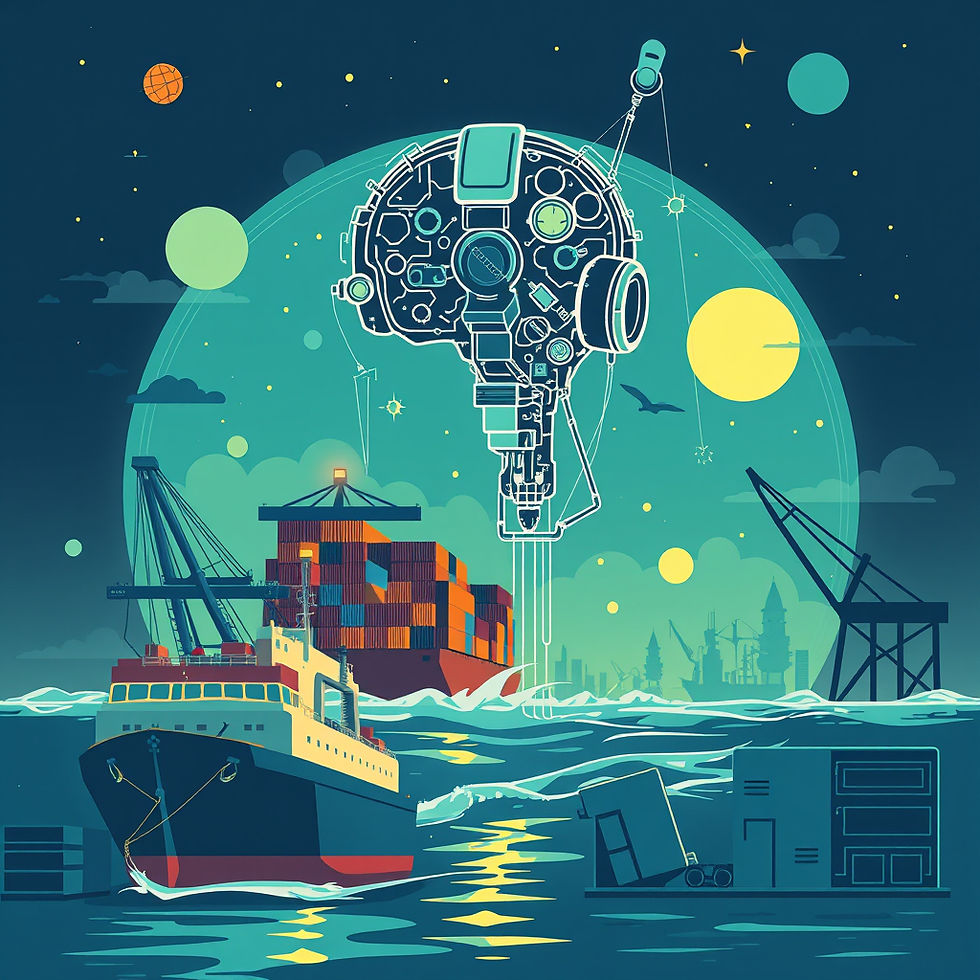Why AI in Shipping Starts with Architecture
- yarivz
- Apr 17
- 2 min read

The recent story of DeepSeek, while being an interesting story geopolitically, bears but an important point that leaders might not want to miss: models are a commodity, but data is a true barrier to using AI.
In the shipping industry, with an ever-increasing regulatory burden and pricing pressure, AI is quickly becoming an existentialist factor. It is widely estimated that within the coming 3 years shipping companies that will be able to fully able to utilize the latest AI models in their ERP will become more competitive, while those that don’t could face a grim reality.
But this is where things get a bit tricky, as the use of AI models is only as good as the data set on which it is applied. Small data sets, and multi version ERPs do not have the ability to get to the levels of precision required for results that are useful in operations. The implementation of AI on a multi version ERP is best described with the words of Ron Burgundy’s colleague Brian Fantana: “Sixty percent of the time it works every time”.
The realization that the time has come to move into fully integrated picked up significantly post Covid, and it is estimated that 75-80% of shipping companies have started or completed the process since. Moving a ship management organization to a fully integrated ERP is a start, but if all clients are not on the exact same database scheme and code version, any AI implementation will be futile.
For decades, and until very recently, most of shipping has over-focused on functionality in selection of software, neglecting the importance of data architecture and the backbone of the selected products. Would you buy a car that is custom built by hand and it’s the only one of its kind? probably not, you’d rather drive a production design that is used by millions. Architecture has become acute now that it's clear that AI will become a key differentiator in how ships are managed.



Comments